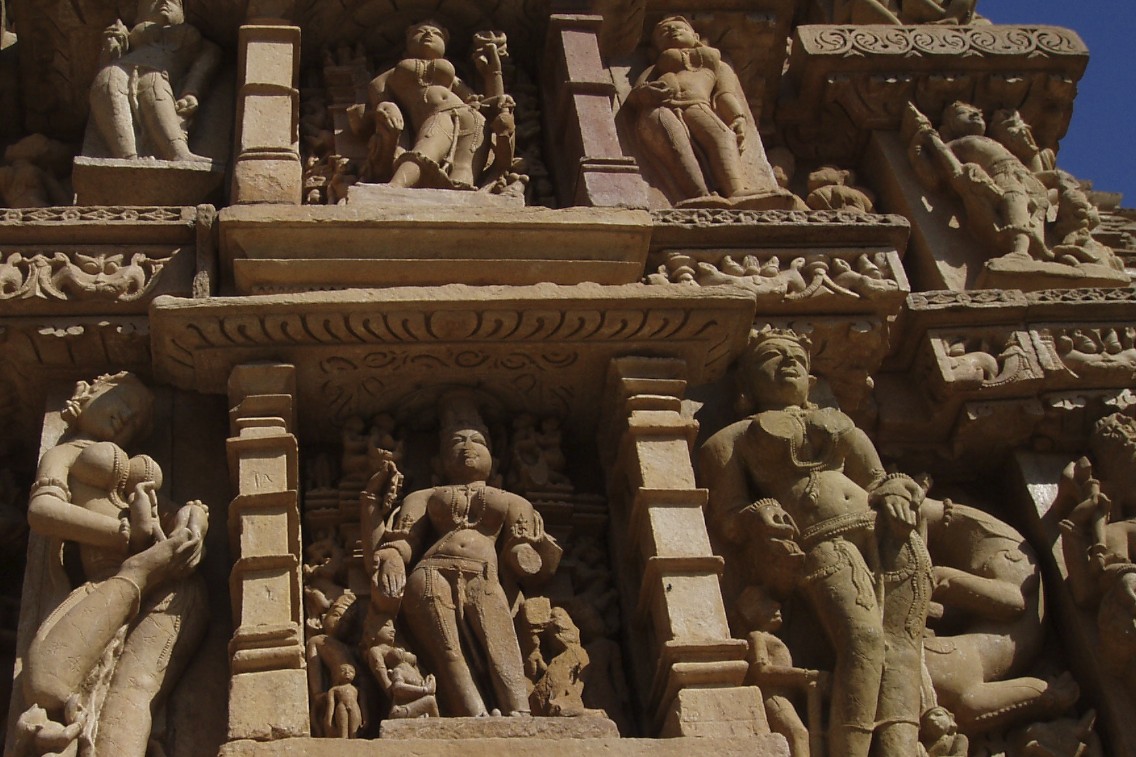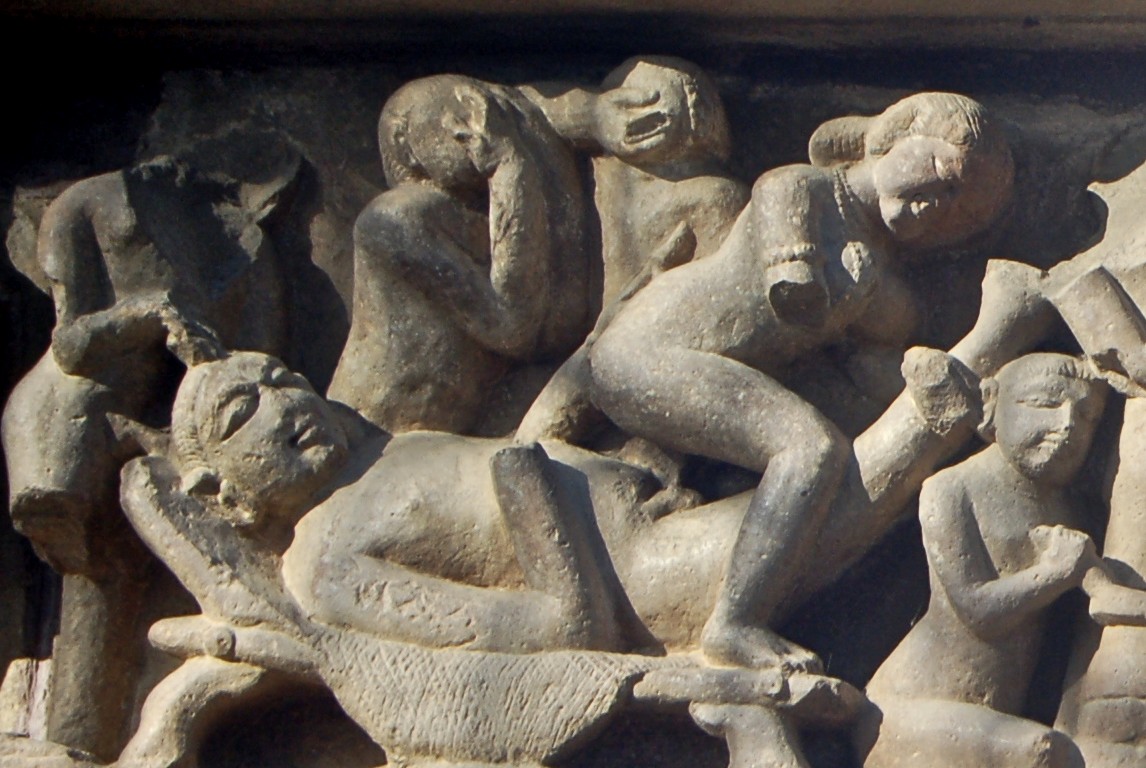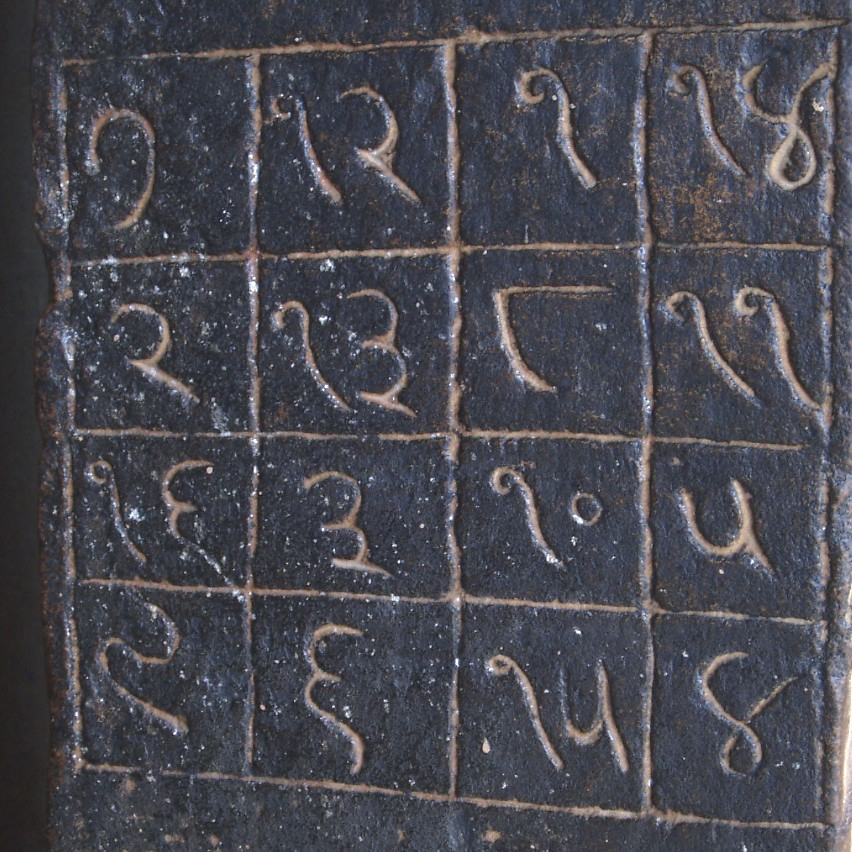Over the last five years, I've been researching the question of where our numerals come from, including the Eastern (as contrasted with the older Maya) zero, which has taken me to Cambodia.
While the oldest such zero comes from seventh-century Cambodia, and a slightly younger zero numeral was found in Pelembang, Indonesia, the numerals we use today originate in India. The earliest Indian numerals are found in inscriptions of the Buddhist King Ashoka, who reigned in the third century BC. Then there are the Karosthi numerals, and the Brahmi characters. The Nana Ghat inscriptions, from the Nana Ghat cave, in the Western Ghats not far from Mumbai, came around a century after Ashoka's time.
As the numerals developed further in India, a system of numbers became prevalent around a thousand years ago--whose characters are still quite different from ours, but comprises nine signs for the numbers 1 to 9, plus a zero. This system evolved into the numbers we know today and came to Europe in the thirteenth century through Fibonacci, who learned them from the Arabs (hence the name Hindu-Arabic numerals). I was very interested in seeing some of the ancient 10th century Indian numerals.
A few decades ago, a Japanese mathematician named Takao Hayashi visited India, led there by a nineteenth-century diary kept by the renowned British archaeologist Sir Alexander Cunningham (1819-1893), who recorded finding a strange piece of mathematics on the doorway of a Jain temple from the tenth to the twelfth centuries at a place called Khajuraho. Hayashi went there, found it, but did not remember at which of the 20 or so ancient temples in this area he had discovered this invaluable mathematical inscription. So, recently, I traveled to India to try to find this strange mathematical writing mentioned by Cunningham in the 1860s and seen by Hayashi a century later.

Photo credit: Debra Gross Aczel
Khajuraho is one of the strangest and most fascinating places I have ever visited. In 1838, a British military officer, Captain T. S. Burt, was exploring the jungles of Madhya Pradesh some 400 miles southeast of New Delhi with his company of Bengal Engineers when he and his men came upon a group of ancient temples that had been reclaimed by the jungle. What they saw stunned Burt. In his logbook, he noted that these temples were among the finest he had ever seen, but he was at a complete loss on how to describe the nature of the erotic art he saw at Khajuraho. About ten percent of all the magnificent tenth- to twelfth-century stone statues here depict sexual situations, some of which seem startlingly bold even today.

Photo Credit: Debra Gross Aczel
There have been no good explanations for this unusual art: Tour guides all lecture about the Kama Sutra to naïve tourists who come here, and magazine articles and tour books suggest that the sexually explicit statues may represent the Hindu god Shiva and his consort Parvati--but a large percentage of the temples is not Hindu but Jain. Some of the more scholarly sources conjecture that the images are fertility symbols. But nobody knows for sure.
I walked around for an hour looking for a mathematical inscription among these erotic and other statues--but found none. I asked every tour guide I met--but nothing. Then a French tourist who had overheard me ask his guide said: "I think I may have seen some ancient numbers by the door of one of the temples in the Eastern Group." This was all the way across town, in a more deserted and rarely visited set of temples. I walked for half an hour, passing stray cattle, and finally found the ancient temples comprising the Eastern Group. I went from one temple to the next, followed by dogs. Then finally I came to the Parsvanatha temple, a Jain temple built in the mid-tenth century A.D. The entrance was framed with sensual statues. And on the doorway between them I found what I came here for, the inscription Hayashi discovered decades ago. I saw the following:

Photo Credit: Debra Gross Aczel
This is a 4 by 4 magic square. This is one of the earliest known such magic squares, although simpler, 3 by 3 squares have been known since antiquity in China and other places in Asia. The neat thing about a 4 by 4 "regular" magic square--one that has all the numbers from 1 to 16--is that the sum is always 34. This is the sum of all rows, all columns, the diagonals, all corner 2 by 2 sub-squares, and the central 2 by 2 sub-square. All of these should add to 34.
So the riddle is: Knowing this fact, can you figure out what the symbols mean? Which number, in our system, is represented by each of the signs you see in this square? (Don't be fooled by some of the resemblances; I'll post the answer in a future "comment.")
The big question is: What is the magic square doing here? Why place together erotic statues with a mathematical puzzle? And why put both of these in a temple? How does religion sit together with sex and with math? In the West, we never see sexual imagery in places of worship--neither do we decorate churches, synagogues, or mosques with mathematical writings. It seems strange that in India erotic statues can be seen in temples--and accompanied by math! I think this is one of the biggest mysteries I've ever encountered. Perhaps it has to do with magic: the magic of gods, sex, and mathematics.